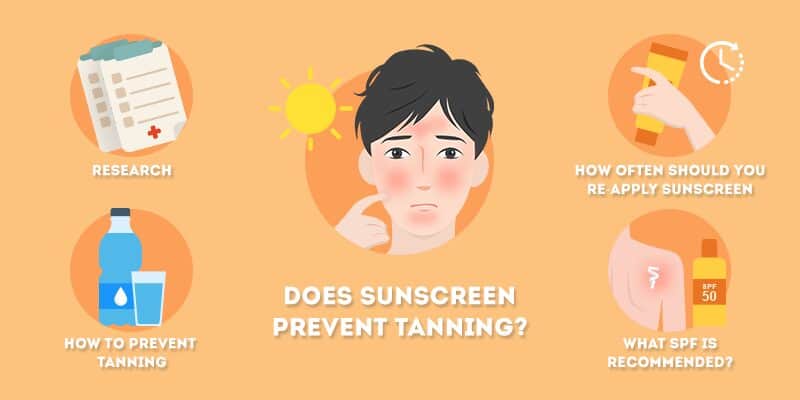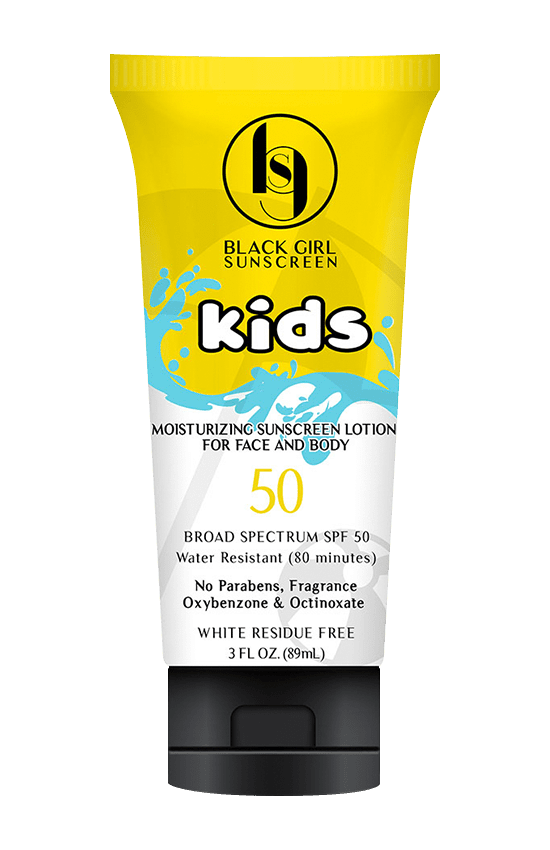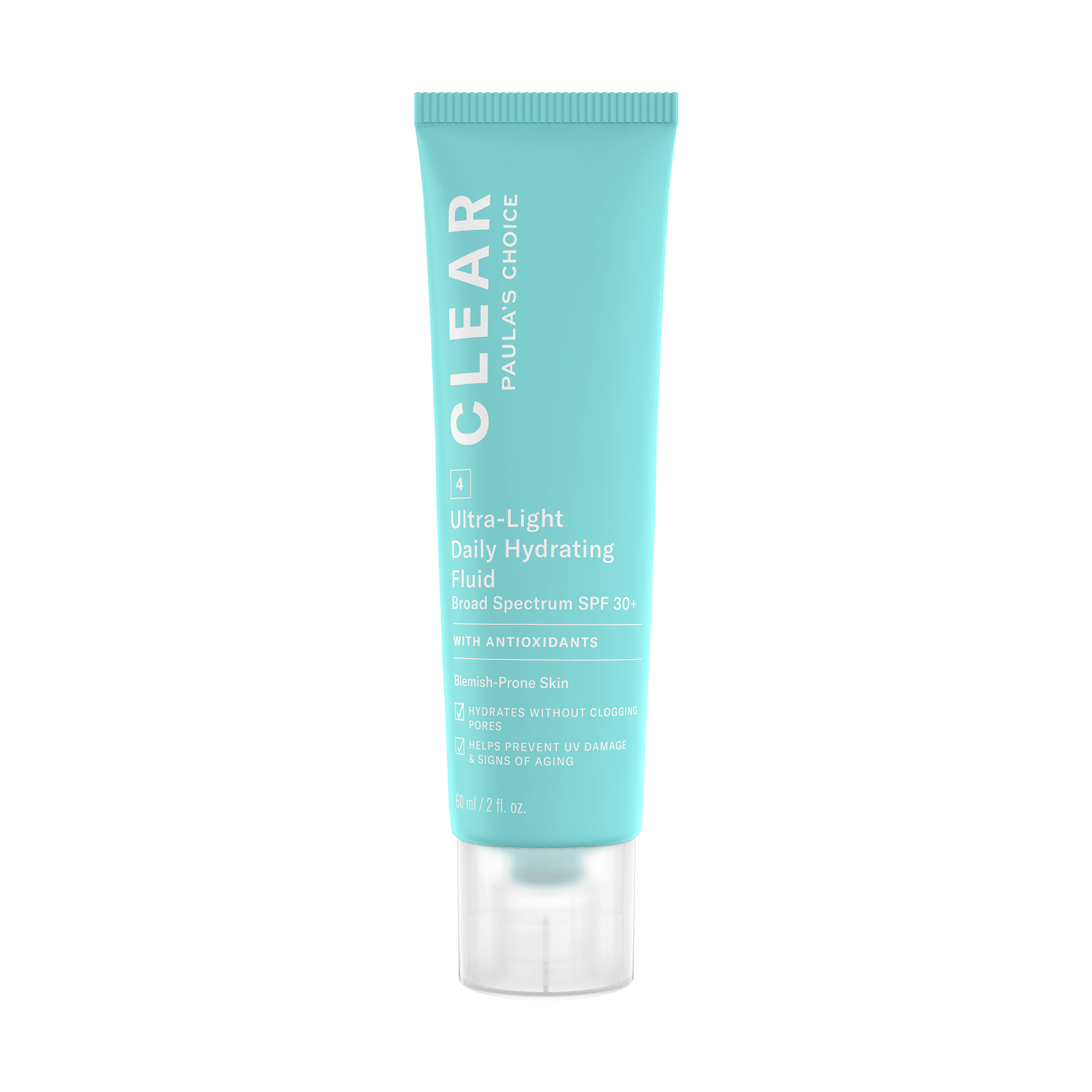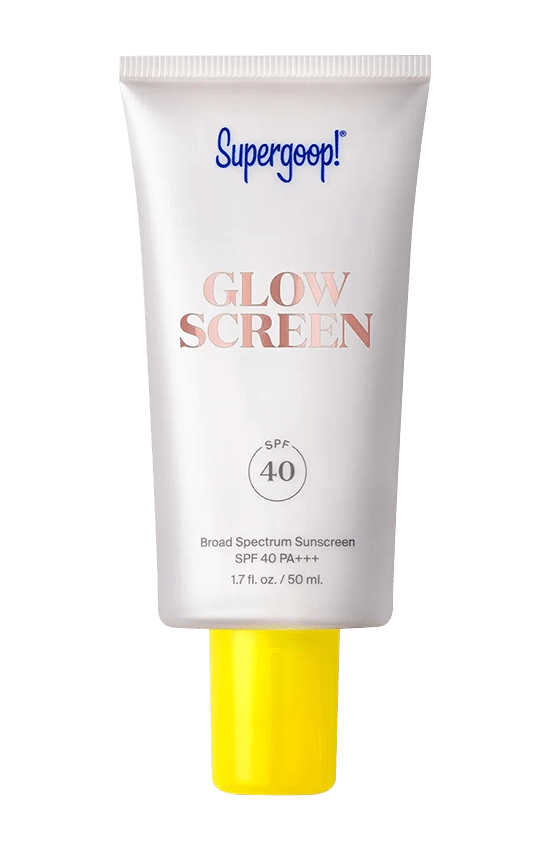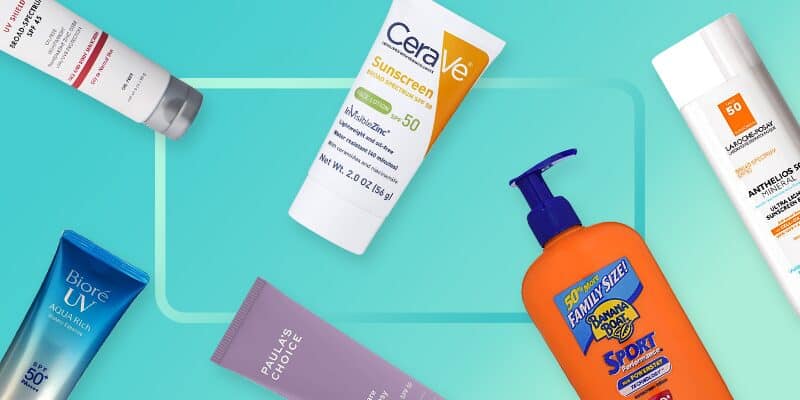Many of us are stuck between two opposing forces when it comes to sun and skincare. While we may want what we consider to be a healthy glow, we also know the importance of wearing sunscreen.
Knowing that sunscreen protects us from the sun, it might make us wonder if it will get in the way of our glowing skin dreams. Read on to learn more about what really happens when you tan, and to find out the answer to the question: does sunscreen prevent tanning?
What is a Tan?
Before diving into the question of “does sunscreen prevent tanning?”, it is important to get an idea of what tanning is and whether it is safe. There are two types of UV rays from the sun that reach the earth’s surface: UVA and UVB.
These rays are a form of radiation, and have the power to damage the skin cells. When the skin is exposed to harmful UV radiation from the sun, it increases the production of melanin. This is done in an attempt to protect the skin from further damage, and can result in the permanent darkening of the skin’s pigment – AKA a tan.
Is There a Safe Way to Tan?
Many people who are after a sun-kissed glow might be looking for a safe way to tan. Unfortunately, there is no such thing as getting a safe natural tan – at least not from the sun or tanning beds. A tan only occurs as a result of the damage done to your skin from harmful UVA and UVB rays.
Tanning (both outdoors and by using a tanning bed) also greatly increases your risk of getting skin cancer. On top of that, since tanning damages your skin cells, it speeds up visible signs of aging. If you want to add some color to your skin, the safest way you can do so is to use products like fake tan lotions or sprays. These products are excellent for those who want a “tan.” They add the glow that people seek, without the harmful effects of traditional, natural tanning.
Does Sunscreen Prevent Tanning?
Since we know that safe tanning isn’t really a thing, the question has to be asked: does sunscreen prevent tanning?
“No, sunscreen does not prevent tanning entirely but does reduce the tanning process,” explains Dr. Richard L. Torbeck III, M.D., FAAD.
He goes on to explain that UVA rays cause an immediate tanning and activates the melanin production, whereas UVB causes more long term, permanent pigment darkening – both of which are damaging to the skin. “You can still get some immediate pigmentation depending on the UV rays that the sunscreen blocks,” says Dr. Torbeck III.
Is the Phrase “Best Sunscreen for Tanning” an Oxymoron?
People will often be on the hunt for the 'best sunscreen to get a nice glow'. However, knowing the dangers of tanning, it is increasingly clear that there is no such thing as a “good” sunscreen for tanning. When looking for a sunscreen, you shouldn’t be picking out products that will help you get a tan. You should seek out sunscreens that protect your skin and prevent damage from happening in the first place.
How to Prevent Tanning (And Getting Darker)
1. SPF vs. PA Rated Sunscreen
You’ll notice that all sunscreens are labeled with their SPF level, and some will have a PA rating. SPF relates to how well your skin can be protected from UVB rays. The PA system (which ranges from one plus sign to four plus signs) tells you how much UVA protection a product offers. The more plus signs, the higher the protection. It is important to keep in mind that the PA system isn’t as standardized as the SPF rating. Most regulatory agencies (including the US) use the SPF rating as the standard for both UVA and UVB protection, and don’t require use of the PA system. Your focus should remain on finding the right SPF protection. Need help? Check our favorite sunscreens to prevent tanning.
2. Look for Broad Spectrum SPF 30+
When searching for a sunscreen, you’ll want to look for the term “broad spectrum”. This means that it protects against both UVA and UVB rays (even if it doesn’t include a PA rating). Dr. Torbeck III and the American Academy of Dermatology both recommend using a sunscreen with an SPF of 30 or higher. Dr. Torbeck III also notes that, to the patients he sees for skin cancer, he recommends an SPF of 50 or higher. He also recommends sunscreens with non-nano titanium dioxide and zinc oxide. He states that these ingredients – which make up physical sunscreens – are safe to use, as they don’t absorb into the skin like other chemical formulas do. Rather, they sit on top to create a protective barrier. They are also more environmentally friendly, as they don’t harm reefs.
3. Reapply Your Sunscreen
How often you apply your sunscreen depends on your activity. “I recommend strongly to all my patients to reapply every 2 to 3 hours,” says Dr. Torbeck III. However, he notes that if there is excessive sweating or swimming, patients should reduce that to every 1 to 2 hours.
Additional Tips to Prevent Tanning
Beyond picking a good sunscreen and reapplying regularly, there are a few additional tips to keep your skin as safe as possible.
- Use a Waterproof Formula When Swimming - If you’ll be spending a day at the beach or pool, you’ll want to find a sunscreen specifically formulated for water. Waterproof formulas will be able to stand the force of water. However, this doesn’t mean you’ll be good with one application – follow the instructions on your bottle and reapply regularly (around every 1 to 2 hours).
- Check the Weather App - The weather app is a great tool when it comes to sun protection. It includes the UV index, which is rated from 1-11. “If the number is above a 6 I recommend if you are going to be outside greater than 15 minutes to wear sunscreen or practice sun protective methods,” says Dr. Torbeck III.
- Don’t Rely Solely on Sunscreen - While sunscreen can provide some protection, it shouldn’t be your only line of defense. When you can, cover up – whether that means relaxing under an umbrella or wearing sun protective clothing. Dr. Torbeck III recommends brands like Coolibar, Solumbra, REI, and Columbia for sun protective clothing.
- Don’t Be Fooled by Clouds - Just because it is cloudy outside doesn’t mean you are protected. Harmful UV rays can still make their way through cloud coverage. Apply SPF everyday – no matter what the weather is.
- Avoid the Sun During Peak Hours - The UV ray peak hours are around 10:00am to 2:00pm. Do your best to avoid the sun during these hours. If unavoidable, be sure you are reapplying regularly and getting shade coverage when you can.
FAQs
Can you still get a tan with sunscreen on?
Yes, you can still get a tan while wearing sunscreen. However, for the sake of your skin health, you shouldn’t aim to get a tan while out in the sun. To slow down the tanning process, wear a sunscreen with an SPF of 30 or more and reapply regularly. Also implement other sun safety practices to slow down or prevent a tan altogether. This can include wearing sun protective clothing, finding shade when outside, and avoiding peak sun hours (10:00am to 2:00pm).
Can you still get tan with SPF 50?
While the higher SPF may make you think otherwise, it is still possible to get a tan with a SPF 50 sunscreen. To avoid a tan, reapply the sunscreen regularly, and implement other sun safety practices.
Which sunscreen is best to prevent tanning?
If you are looking to prevent tanning, check out our best sunscreens to prevent tanning. In short, you should find a sunscreen that offers broad spectrum protection and has at least an SPF of 30. The application method is just as important as the formula. Reapply every 2 to 3 hours. If you are in the water, look for a waterproof formula, and reapply at least every 1 to 2 hours.
The Bottom Line
- A tan is the result of harmful UVA and UVB rays damaging skin cells.
- Does sunscreen prevent tanning? Not entirely, but it can slow down the tanning process.
- In addition to wearing sunscreen to prevent tanning, you should implement other sun safety steps, like wearing sun protective clothing and avoiding the sun during peak hours.
